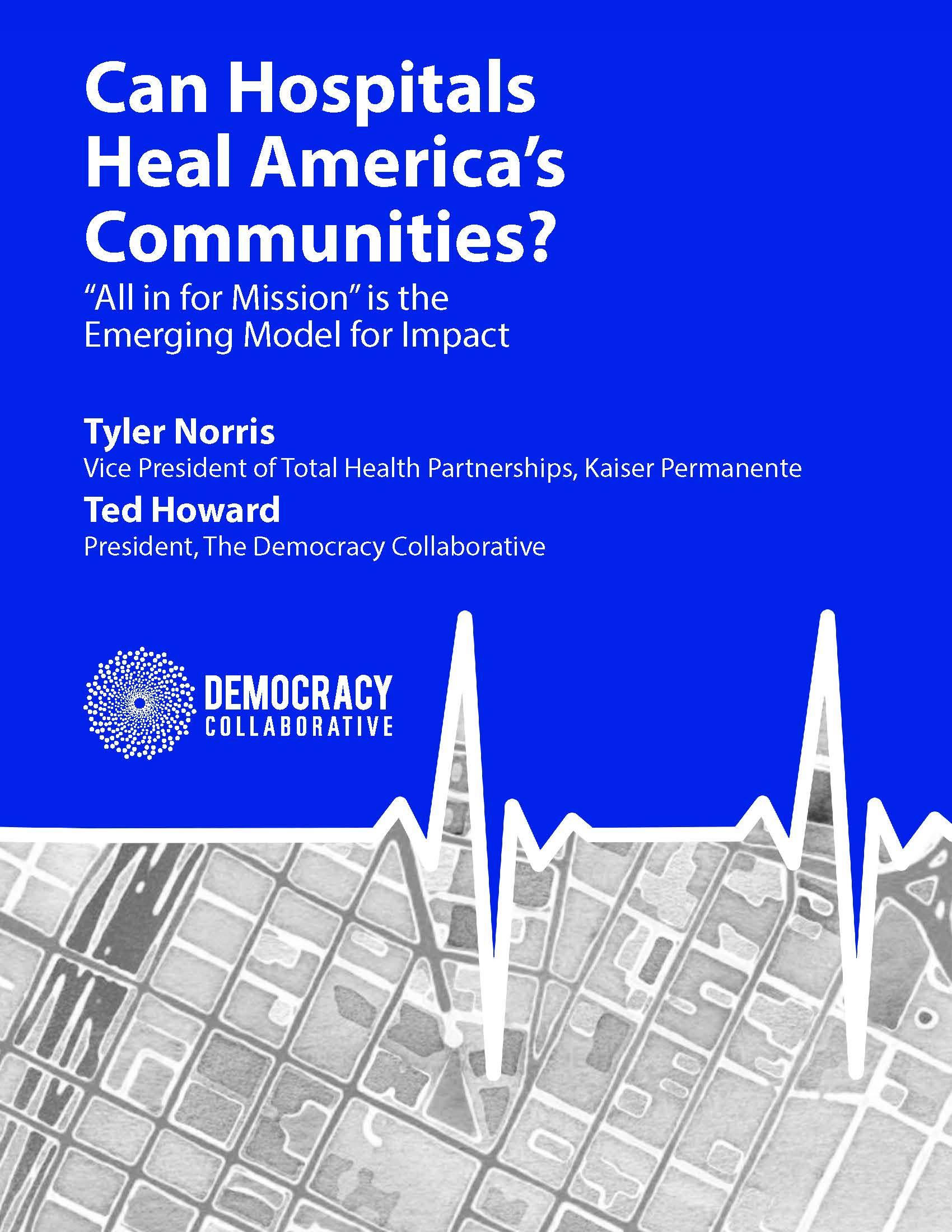Healthcare’s role in creating healthy communities through increasing access to quality care, research, and grantmaking is being complemented by a higher impact approach; hospitals and integrated health systems are increasingly stepping outside of their walls to address the social, economic, and environmental conditions that contribute to poor health outcomes, shortened lives, and higher costs in the first place.
They are doing so for several reasons: by addressing these social determinants of health through their business and non-clinical practices (for example, through purchasing, hiring, and investments), hospitals and health systems can produce increased measurably beneficial impacts on population and community health. By adopting this “anchor mission,” they can also prevent unnecessary demand on the healthcare system. This in turn can contribute to lower costs and make care more affordable for all, especially those truly in need. Simply put, this approach can improve a health system’s quality and cost effectiveness while simultaneously significantly benefiting society.
With hospitals and health systems representing more than $780 billion in total annual expenditures, $340 billion in purchasing of goods and services, and more than $500 billion in investment portfolios, this approach expands the set of resources and tools institutions have at their disposal to carry out their mission. It shifts the discussion of community benefit from the margins of an institution’s operations to overall accountability, where all resources can be leveraged to benefit the communities in which institutions are located.
Can hospitals and health systems heal America’s communities? This paper illuminates the possibilities and explores how “all in for mission” is the emerging healthcare model.
